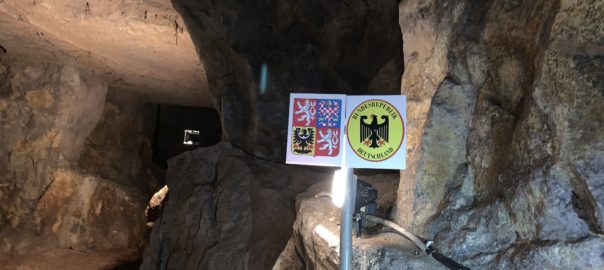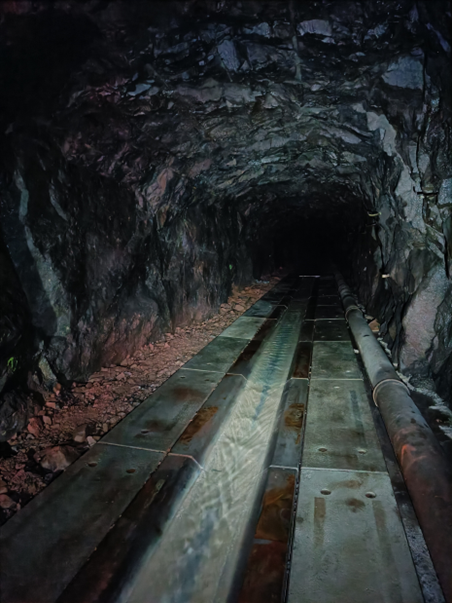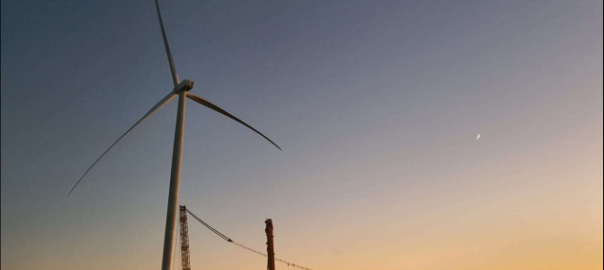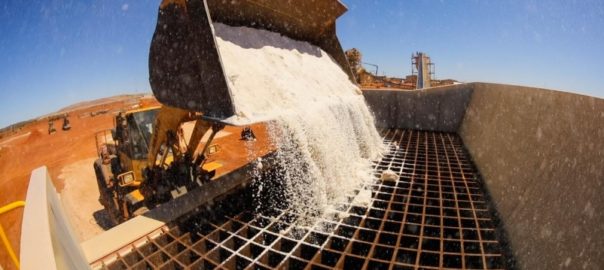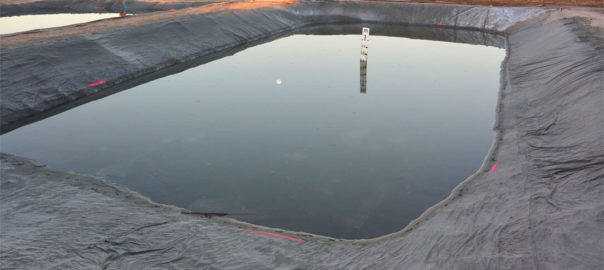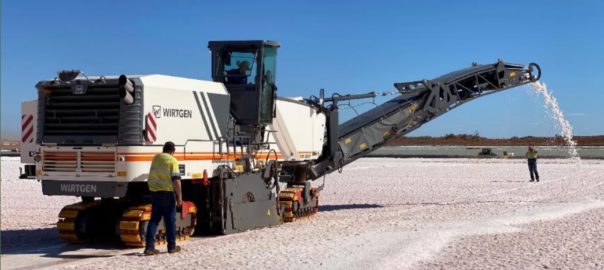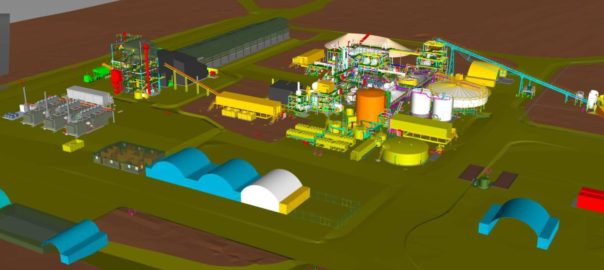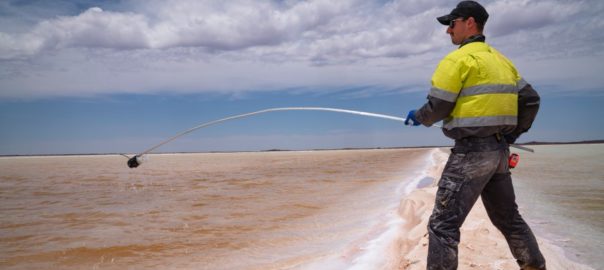Cornish Lithium says it has engaged Ai Process Systems Limited, one of the UK’s leading specialist process engineering consultancies, to provide detailed engineering, procurement, supply and manufacture, installation and commissioning services (EPCC) for the hydrometallurgical section of the demonstration scale processing plant at the company’s TreLith Processing Site associated with the Trelavour hard-rock lithium project near St Austell, in the UK.
The hydrometallurgical section of the demonstration plant will use the patented Lepidico L-Max® and LOH-Max® processing technologies, which Cornish Lithium has an exclusive licence for to produce lithium hydroxide. These elements of the plant are being partly funded through a £1.8 million ($1.92 million) grant from Innovate UK through the Automotive Transformation Fund’s Scale up Readiness Validation competition.
The plant is expected to produce commercial samples of lithium hydroxide for evaluation by end users, such as battery producers and automotive OEMs. In addition, it will produce samples of by-products such as gypsum, sulphate of potash, caesium and rubidium sulphate alum. The company has already undertaken detailed metallurgical testing of these processes at pilot scale but will now build a demonstration-scale plant to validate the scale up and commercial viability of the technology, it said.
Jeremy Wrathall, CEO and Founder of Cornish Lithium, said: “We are delighted to be working with Ai Process as one of the UK’s leading specialist process engineering consultancies. Our Trelavour project team has developed a strong relationship with the team at Ai Process and we look forward to collaborating with them to successfully deliver the demonstration plant.
“The demonstration plant will not only provide further validation of Lepidico’s processing technology but will also provide key operational data to inform and enable the construction of a commercial-scale plant. This work will be key to developing a secure domestic supply of lithium from Cornwall to support the development of a resilient electric vehicle supply chain for the British automotive industry.”
Alan Parry, Managing Director of Ai Process, said: “It is a privilege to be working with Cornish Lithium on such a prestigious engineering project, which we believe is the first of its kind in the UK. This kind of lithium extraction process will form part of the next ‘industrial revolution’ in the renewables sector and we are proud to be working alongside a progressive company at the forefront of this new technology.
“Both companies have worked extremely hard together over the last year, making this project possible, we therefore look forward to delivering a successful engineering installation for both our companies, from our base near Burnley in Lancashire, to the beautiful surrounds of Cornwall.”








